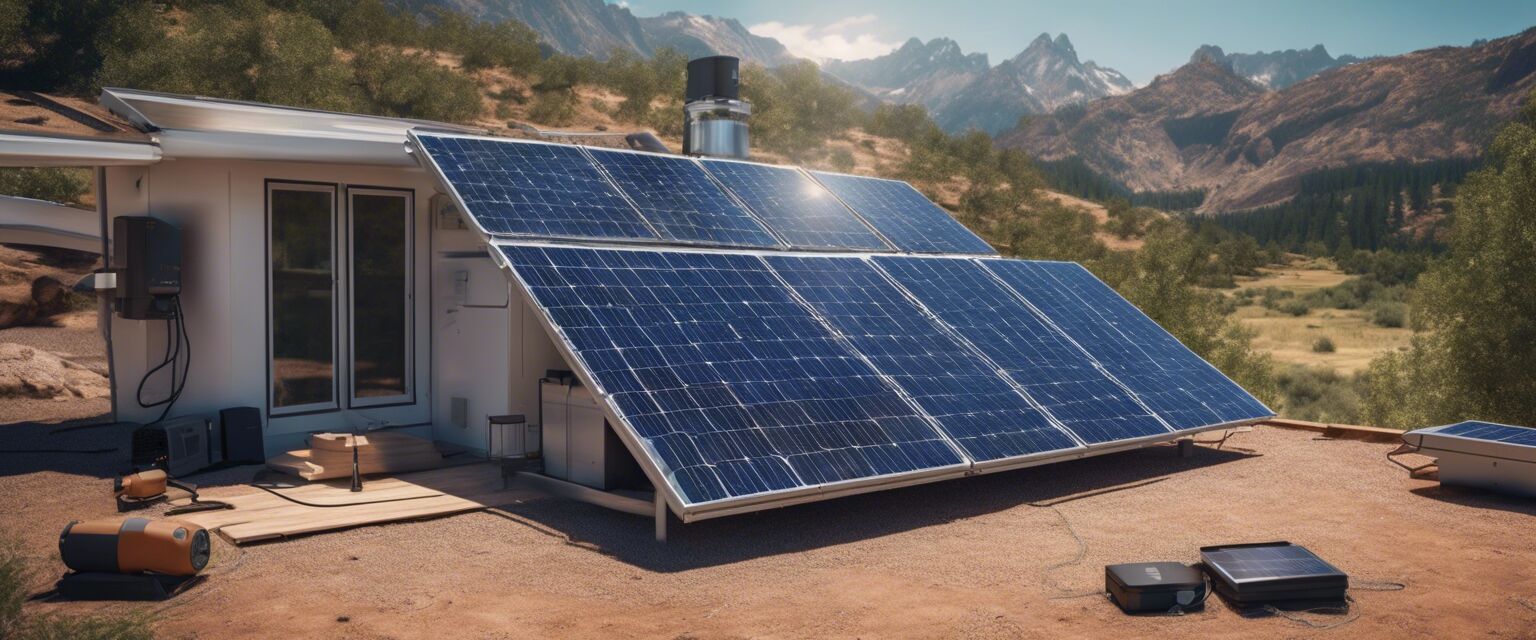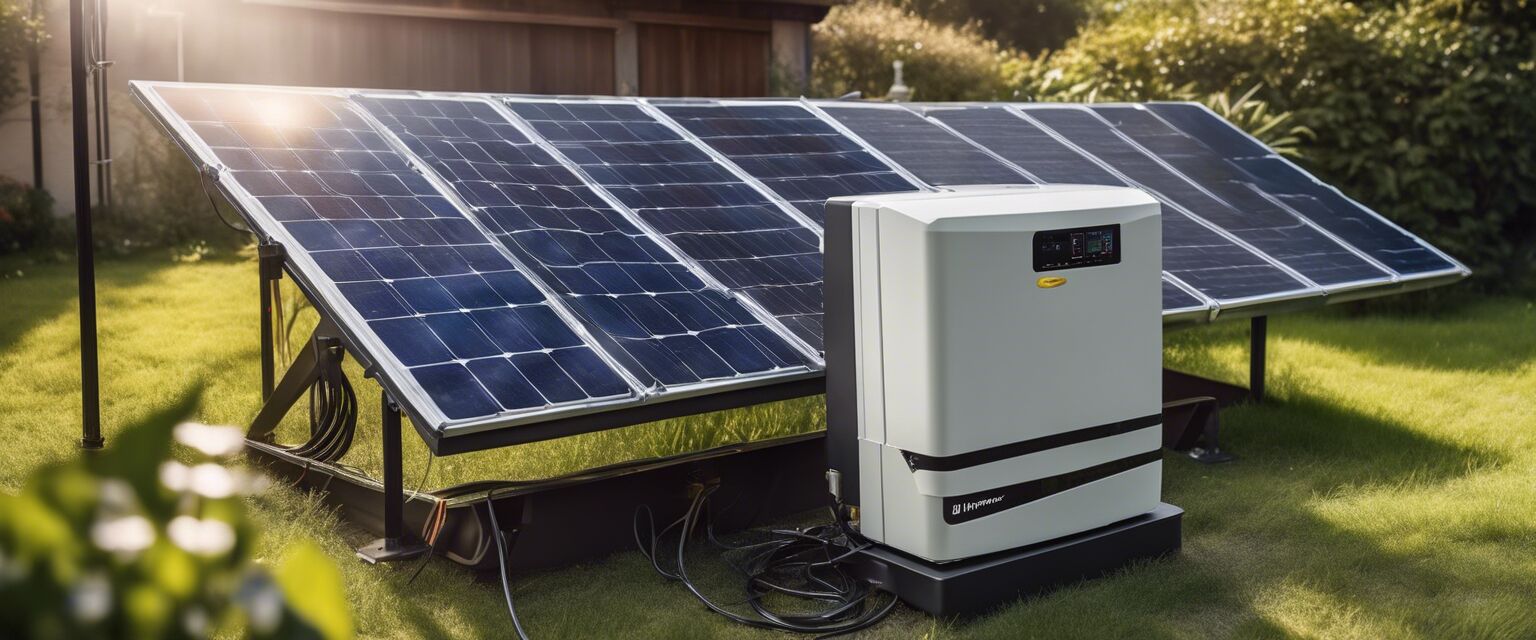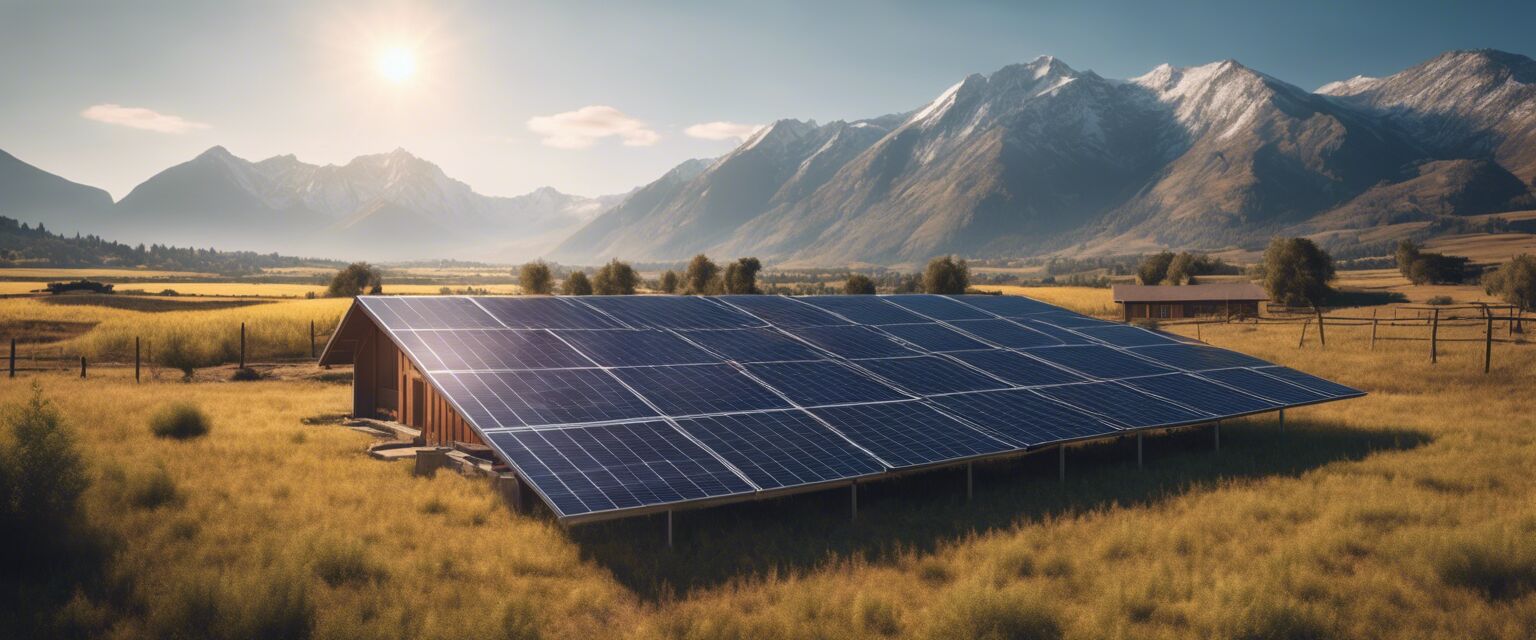
Types of Solar Panels
Key Takeaways
- Understanding different types of solar panels helps you choose the best option for your needs.
- Each type of solar panel has unique features, efficiencies, and costs.
- Solar panels can significantly reduce electricity costs and provide grid independence.
Are you considering solar energy for your home or business? Solar panels are a fantastic way to harness renewable energy, but did you know there are different types of solar panels available? In this comprehensive guide, we will explore the various types of solar panels, their advantages, disadvantages, and what you need to know when selecting the right type for your situation.
What Are Solar Panels?
Solar panels convert sunlight into electricity using renewable energy technology. They are made up of photovoltaic cells that generate power when exposed to the sun. Understanding the different types of solar panels available can help you make an informed decision.
Types of Solar Panels
There are three main types of solar panels: Monocrystalline, Polycrystalline, and Thin-Film. Each type has its specific advantages and drawbacks.
| Type of Solar Panel | Efficiency | Cost | Longevity |
|---|---|---|---|
| Monocrystalline | 15-22% | Higher | 25 years |
| Polycrystalline | 13-16% | Moderate | 20-25 years |
| Thin-Film | 10-13% | Lower | 10-20 years |
1. Monocrystalline Solar Panels
Monocrystalline solar panels are made from a single crystal structure. They are known for their high efficiency and longevity. These panels perform better in low light conditions compared to other types.

Pros and Cons
Pros
- High efficiency
- Space-efficient
- Long lifespan
Cons
- Higher cost
- More affected by high temperatures
2. Polycrystalline Solar Panels
Made from multiple crystal structures, polycrystalline solar panels are less efficient but more affordable. They are suitable for larger spaces where cost savings are a priority.

Pros and Cons
Pros
- Lower cost
- Less energy-intensive to produce
Cons
- Lower efficiency than monocrystalline
- Bigger footprint required to generate the same energy
3. Thin-Film Solar Panels
Thin-film solar panels are less common and are made from a variety of materials, including cadmium telluride. They provide a flexible option but tend to be the least efficient among the types.

Pros and Cons
Pros
- Lightweight and flexible
- Lower manufacturing costs
Cons
- Lower efficiency
- Shorter lifespan
Choosing the Right Solar Panel for You
When selecting the right solar panel, consider factors such as your budget, available space, energy needs, and expected energy output. For example, if you have limited roof space, opting for high-efficiency monocrystalline panels makes sense. On the other hand, if cost is your primary concern, polycrystalline panels may fit better.
Tips for Beginners
- Assess your energy needs by reviewing your electricity bills.
- Consider local solar panel incentives and rebates to offset costs.
- Research local solar installers for recommendations and reviews.
- Check the warranties and performance guarantees on panels.
- Look into battery storage solutions for increased energy independence.
Final Thoughts
Transitioning to solar energy is an excellent way to reduce energy costs and take control of your power supply. By understanding the different types of solar panels available, you can make an informed decision that aligns with your needs and budget. Explore our comprehensive guides on solar panels, battery storage, and inverters to learn more about how to achieve your energy independence!












